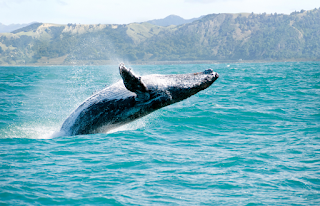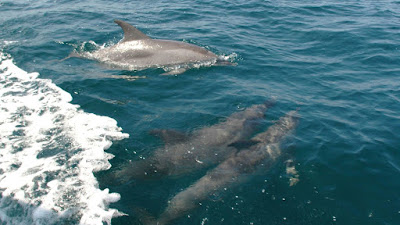Whales And Its Representative Species
We all know that whales are the largest water inhabitants living on the earth. Despite living in the water, they need to air breathe just like humans. Blowholes located on top of their head makes them breathe in. They can live underwater for longer periods of time and retain themselves on krill, crabs, and small fish. Although there are 90 whale representative species. Humpback, beluga, blue whale, fin, bowhead, and North Atlantic right whale are most commonly known.
Humpback whales
Humpback whales are known for their melody songs. And travel through all the oceans in the world. They regularly propel through the water and land with a tremendous splash.
Can grow up to lengths of: between 15 to 19 meters
Weight: up to 40 tons
Life Span: up to 50 years
Gestation Period: 11 months
Condition: Least Concern
Beluga Whales
Belugas are the sociable mammals that feed on shrimps, crabs, and small fish. Their bulbous forehead known as melon is capable of changing shape. Which makes them give various facial expressions. They mostly live in the icy waters near the arctic.
Can grow up to lengths of: between 2.5 to 7 meters
Weight: up to 1.5 tons
Life Span: up to 50 years
Gestation Period: 14 - 15 months
Sperm Whale
These toothed whales feed on large tons of fish and squid. They can go to deeper depths in search of squid and can stay up to 90 minutes. Usually, travel in pods and uses echolocation for communication.
Can grow up to lengths of: between 12 and 19 meters
Weight: between 55 and 60 tons
Life Span: up to 70 years
Gestation Period: 16 months
Condition: Vulnerable
Blue Whale
Blue Whale, the largest living mammal on earth. Their diet composes of krill where an adult blue whale can eat up to 4 tons per day. They use a series of pulses and groans which can be heard up to 1000 miles per hour.
Can grow up to lengths of: between 27 and 33 meters
Weight: between 120 and 170 tons
Life Span: up to 90 years
Gestation Period: 10 - 12 months
Condition: Endangered
Fin Whale
Just by the name, they are easily identified with a fin found near its tail. These are the second largest mammal next to a blue whale.
Can grow up to lengths of: between 21 and 25 meters
Weight: between 70 and 80 tons
Life Span: Up to 95 years
Gestation Period: 11 months
Condition: Endangered
Bowhead Whale
Known as the longest-lived mammal. Capable of breaking ice up to 7 inches thick with their bowheads. They have the largest mouth which represents one-third of their body.
Can grow up to lengths of: up to 20 meters
Weight: up to 100 tons
Life Span: 200 years
Gestation Period: 13 - 14 months
Condition: Least Concern
Northern Right Whale
These are the endangered species, threatened due to entanglement in fish gear and ship collisions. They can be easily identified by the while calluses on their head and rely on large tons of plankton with its mouth wide open.
Can grow up to lengths of: between up to 18 meters
Weight: between 40 and 70 tons
Life Span: between 50 to 70 years
Gestation Period: 12 months










Comments